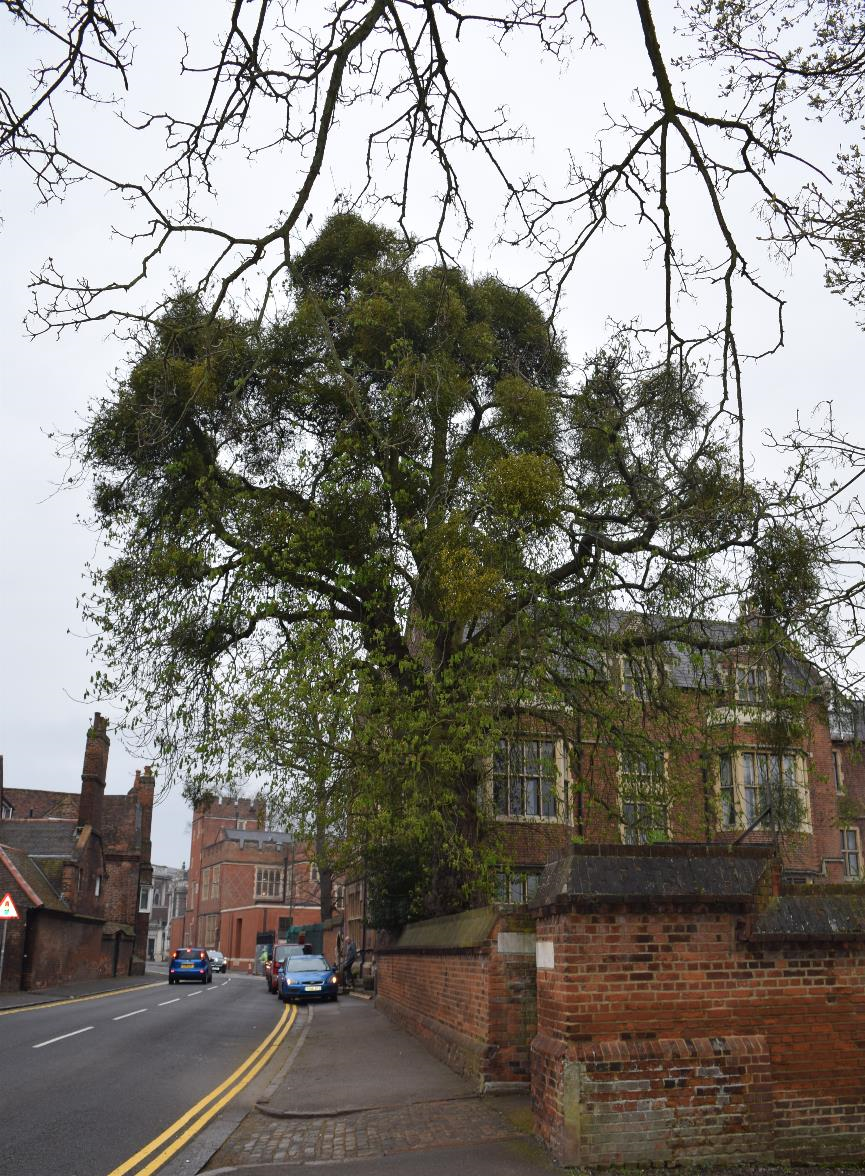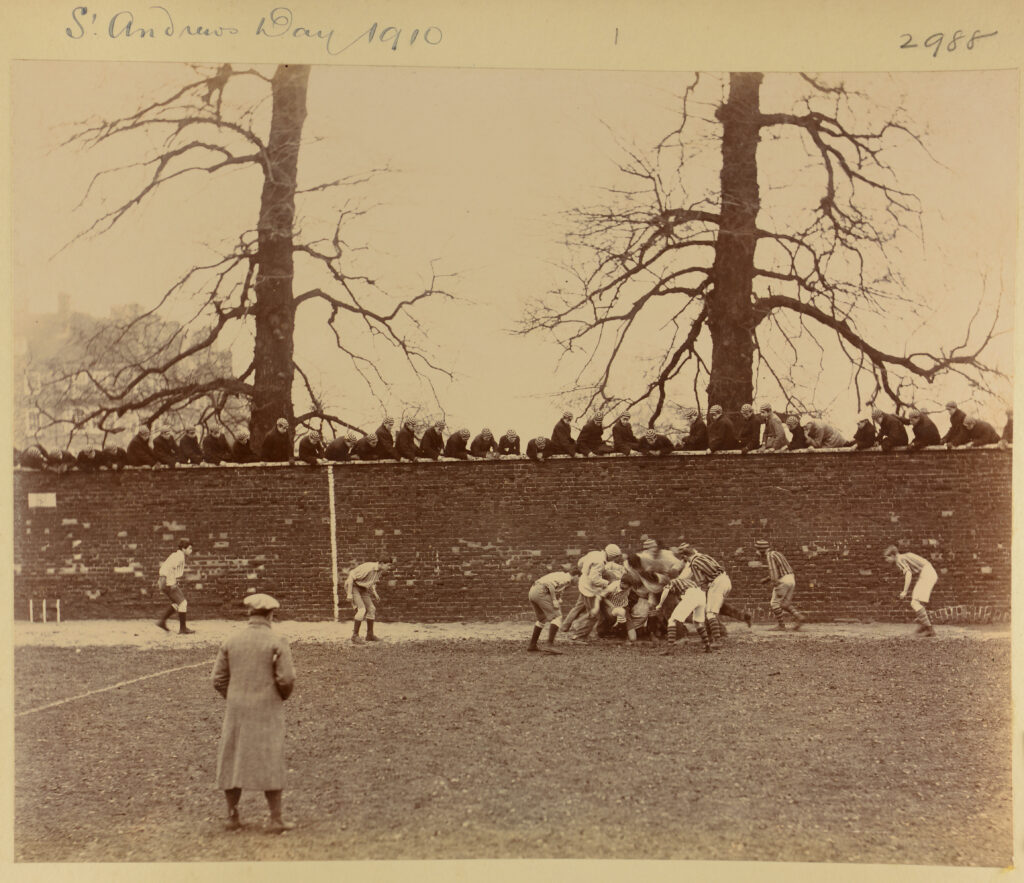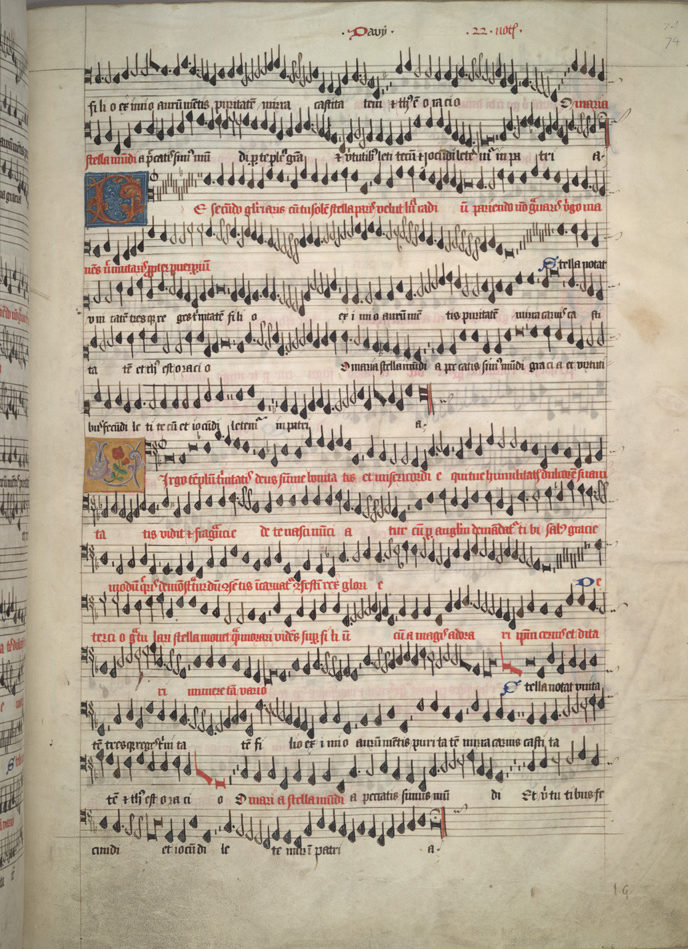As Christmas approaches our thoughts may turn to Mistletoe, though its place in our culture almost certainly pre-dates the Christian era. It is a semi-parasitic plant that grows on trees with characteristically leathery leaves and white, sticky, spherical berries. It photosynthesises with its green leaves but it also lives partly off the tree into which it sinks its specially adapted roots. It has tiny flowers from February to April and berries from September into January. The characteristic tight ball-like growths result from the fact that its stem repeatedly forks into two.

A striking infestation of Mistletoe growing on a Horse Chestnut in the garden of The Timbralls, Eton, in April 2019.
Widely distributed across southern England and Wales, it is spread from tree to tree by birds which feed off the white berries and then wipe the viscous material, including the seed, off their beaks and onto branches. It needs a mild, humid climate and trees with relatively soft bark. Mistletoe will grow on a range of hosts, but the usual host trees are Lime, Apple, Hawthorn and Willow. Most Mistletoe for sale these days is imported from northern France, especially from Poplars in Picardy and the orchards of Normandy and Brittany.
As Richard Mabey notes in his excellent book, Flora Britannica: ‘Looking at mistletoe against a low winter sun – the great tresses glistening the colour of tarnished brass, the tiers of twigs like wishbones, the whole plant’s unearthly vitality in the lifeless trees – it is not hard to imagine how it became one of the most revered plants of early herbalists.’ No wonder, then, that in the Middle Ages, it was credited with magical powers and credited with the power to improve human fertility.
Mistletoe is used pharmacologically to treat a variety of conditions such as high blood pressure and recent evidence suggest that at low doses extracts stimulate the immune systems whereas high doses have been used in the treatment of malignant tumours. I hasten to add that self-medication is not to be recommended but kissing underneath it should be safe enough!
George Fussey FRSB FLS FZS
Curator



